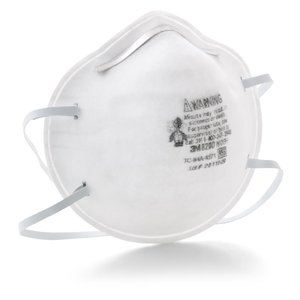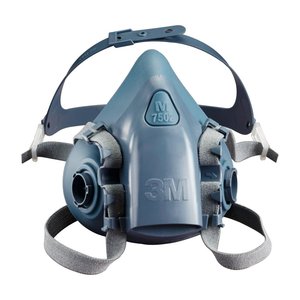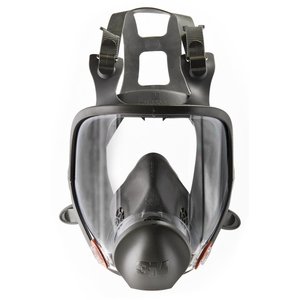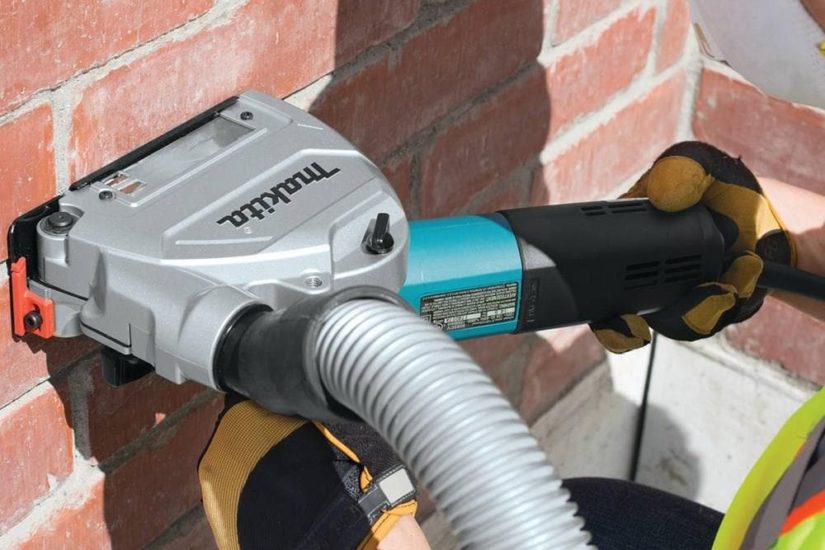OSHA is issuing two new standards to protect workers from exposure to respirable crystalline silica. The first for construction will be in effect on September 23, 2017* and the other is for General Industry and Maritime which will be in effect on June 23, 2018. Here is what you need to be OSHA compliant.
Why the New OSHA Silica Dust Standard?
 About two million construction workers are exposed to respirable crystalline silica in over 600,000 workplaces. OSHA estimates that more than 840,000 of these workers are exposed to silica levels that exceed the new permissible exposure limit (PEL). Exposure to respirable crystalline silica can cause silicosis, lung cancer, other respiratory diseases, and kidney disease. Exposure can occur during common construction tasks such as using masonry saws, grinders, drills, and jackhammers.
About two million construction workers are exposed to respirable crystalline silica in over 600,000 workplaces. OSHA estimates that more than 840,000 of these workers are exposed to silica levels that exceed the new permissible exposure limit (PEL). Exposure to respirable crystalline silica can cause silicosis, lung cancer, other respiratory diseases, and kidney disease. Exposure can occur during common construction tasks such as using masonry saws, grinders, drills, and jackhammers.
Who Is Affected By the New OSHA Construction Standard?
The construction standard does not apply where exposures will remain low under any foreseeable conditions; for example, when only performing tasks such as mixing mortar, pouring concrete footers, slab foundation and foundations walls, and removing concrete forms.
What Does the Standard Require?
The standard require employers to limit worker exposures to respirable crystalline silica and to take other steps to protect onsite workers.
The standard provides flexible alternatives, especially useful for small employers. Employers can either use a control method laid out in Table 1 of the construction standard, or they can measure workers’ exposure to silica and independently decide which dust control methods work best to limit exposures to the PEL in their workplace.
Regardless of which exposure control method is used, all construction employers covered by the standard are required to:
Establish and implement a written exposure control plan that identifies all tasks that involve exposure and methods used to protect workers, including procedures to restrict access to work areas where high exposures may occur.
Designate a competent person to implement the written exposure control plan.
Restrict housekeeping practices that expose workers to silica where feasible alternatives are available
Offer medical exams (including chest x-rays and lung function tests) every 3 years for workers who are required by the standard to wear a respirator for 30 or more days per year.
Train workers on work operations that result in silica exposure and ways to limit that exposure.
Keep records of workers’ silica exposure and medical exams.
What is Table 1?
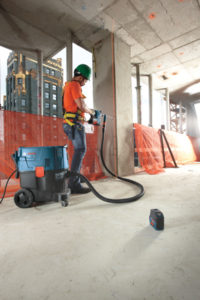 Table 1 matches common construction tasks with dust control methods. This allows employers to know exactly what they need to do to limit worker exposures to silica. The dust control measures listed in the table methods known to be effective, like using water to keep dust from getting into the air or using ventilation and dust extractors to capture dust. In some operations, along with the known measures mentioned, respirators may also be needed.
Table 1 matches common construction tasks with dust control methods. This allows employers to know exactly what they need to do to limit worker exposures to silica. The dust control measures listed in the table methods known to be effective, like using water to keep dust from getting into the air or using ventilation and dust extractors to capture dust. In some operations, along with the known measures mentioned, respirators may also be needed.
Employers who follow Table 1 correctly are not required to measure workers’ exposure to silica and are not subject to the PEL.
Table 1 Example: Handheld Power Saws
| Equipment/Task | Engineering and Work Practice Control Method | Required Respiratory Protection and Minimum Assigned Protection Factor (APF) |
|---|---|---|
| (ii) Handheld Power Saws (any blade diameter) | Use saw equipped with integrated water delivery system that continuously feeds water to the blade. Operate and maintain tool in accordance with manufacturer’s instructions to minimize dust emissions. | |
| ⋅When used outdoors | ≤ 4hrs/shift = None > 4hrs/shift = APF 10 |
|
| ⋅When used indoors or in an enclosed area | ≤ 4hrs/shift = APF 10 > 4hrs/shift = APF 10 |
OSHA’s full Silica Table 1 can be viewed at: https://www.osha.gov/silica/SilicaConstructionRegText.pdf
In this example, if a worker uses the saw outdoors for four hours or less per day, no respirator would be needed. The properly functioning integrated water delivery system on the saw controls the silica dust to an acceptable level. However, if a worker uses the saw for more than four hours per day or any time indoors, he or she would need to use a respirator with an assigned protection factor (APF) of at least 10. In this case, a NIOSH-certified filtering facepiece respirator that covers the nose and mouth could be used. If a worker needs to use a respirator on 30 or more days a year, he or she would need to be offered a medical exam.
Alternative exposure control methods.
Employers who do not use control methods in Table 1 must:
Measure the amount of silica that workers are exposed to if it may be at or above an action level of 25µg/m³ (micrograms of silica per cubic meter of air), averaged over an eight-hour day.
Protect workers from respirable crystalline silica exposures above the permissible exposure limit of 50µg/m³, averaged over an eight-hour day.
Use dust controls to protect workers from silica exposures above the PEL.
Provide respirators to workers when dust controls cannot limit exposures to the PEL.
When Does The OSHA Standard Take Effect?
Construction employers must comply with all requirements of the standard by September 23, 2017, except requirements for laboratory evaluation of exposure samples, which begin on June 23, 2018.
The contents of this blog post were taken from www.osha.gov and OSHA DSG FS-3681 03/2016.
*April 6, 2017 OSHA National Press Release Number: 17-415-NAT announces that the new enforcement date is September 23, 2017.


